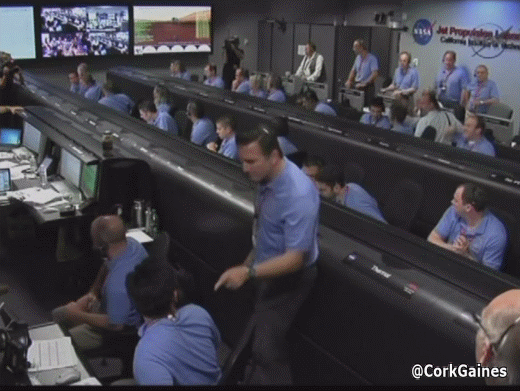VASIMR, or the Variable Specific Impulse Magnetoplasma Rocket, is not new. Rather, it has been researched at considerable government expense by its inventor, Franklin Chang Diaz, for three decades. More importantly, it is neither revolutionary nor particularly promising. Rather, it is just another addition to the family of electric thrusters, which convert electric power to jet thrust, but are markedly inferior to the ones we already have.
Existing ion thrusters routinely achieve 70 percent efficiency and have operated successfully both on the test stand and in space for thousands of hours. In contrast, after 30 years of research, the VASIMR has only obtained about 50 percent efficiency in test stand burns of a few seconds duration, and that is only at high specific impulse. When the specific impulse is reduced, the efficiency drops in direct proportion. This means that the VASIMRs much chanted (but always doubtful) claim that it could offer significant mission benefit by trading specific impulse for thrust is simply false. In contrast, this capability has been demonstrated by the ion-drive that propelled Dawn spacecraft on its way to an asteroid. Finally, if it is to be used in space, VASIMR will require practical high temperature superconducting magnets, which do not exist.
But wait, theres more. To achieve his much-repeated claim that VASIMR could enable a 39-day one-way transit to Mars, Chang Diaz posits a nuclear reactor system with a power of 200,000 kilowatts and a power-to-mass ratio of 1,000 watts per kilogram. In fact, the largest space nuclear reactor ever built, the Soviet Topaz, had a power of 10 kilowatts and a power-to-mass ratio of 10 watts per kilogram. There is thus no basis whatsoever for believing in the feasibility of Chang Diazs fantasy power system.
Space nuclear reactors with power in the range of 50 to 100 kilowatts, and power-to-mass ratios of 20 to 30 watts per kilogram, are feasible, and would be of considerable value in enabling ion-propelled high-data-rate probes to the outer solar system, as well as serving as a reliable source of surface power for a Mars base. However, rather than spend its research dollars on such an actually useful technology, the administration has chosen to fund VASIMR.





